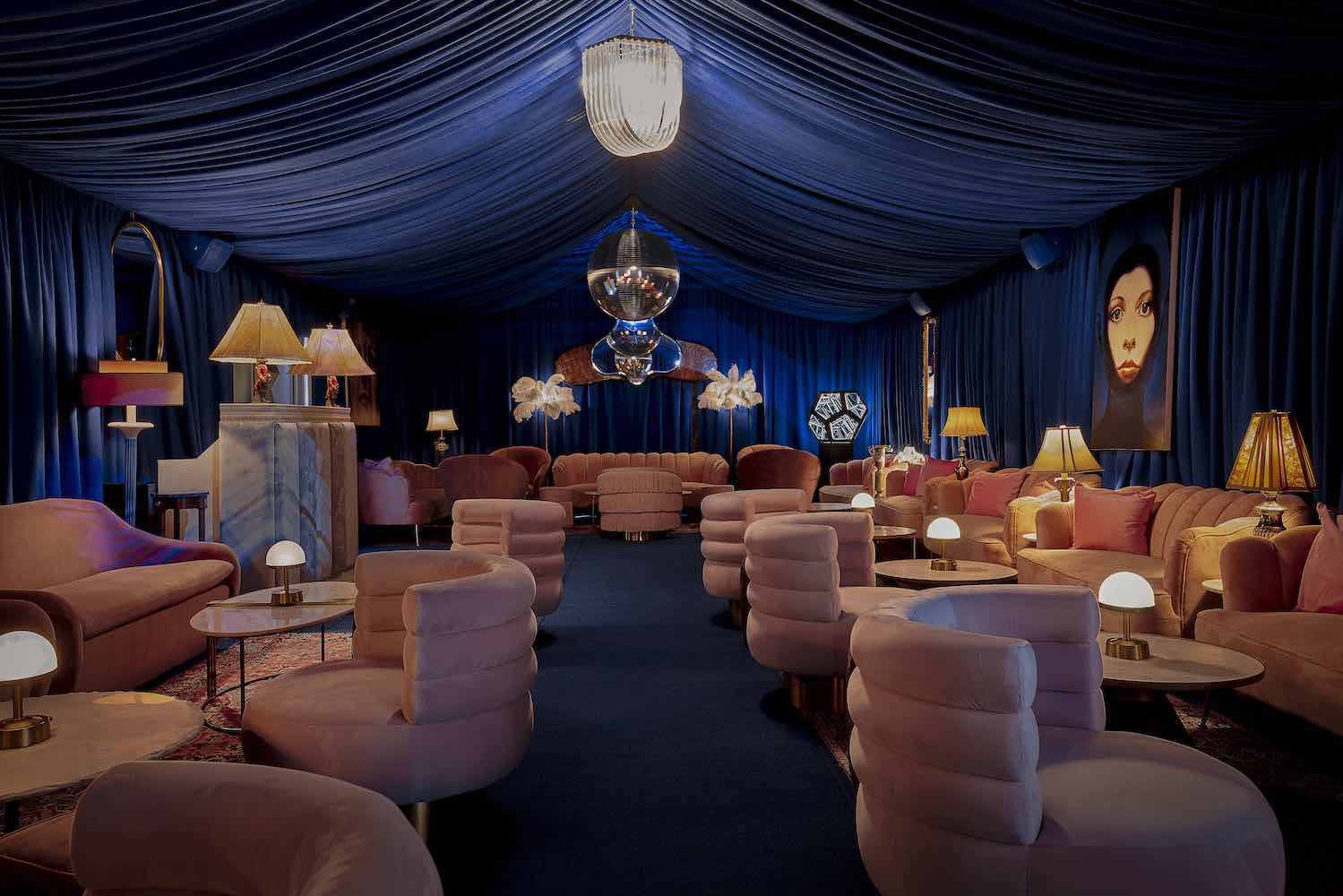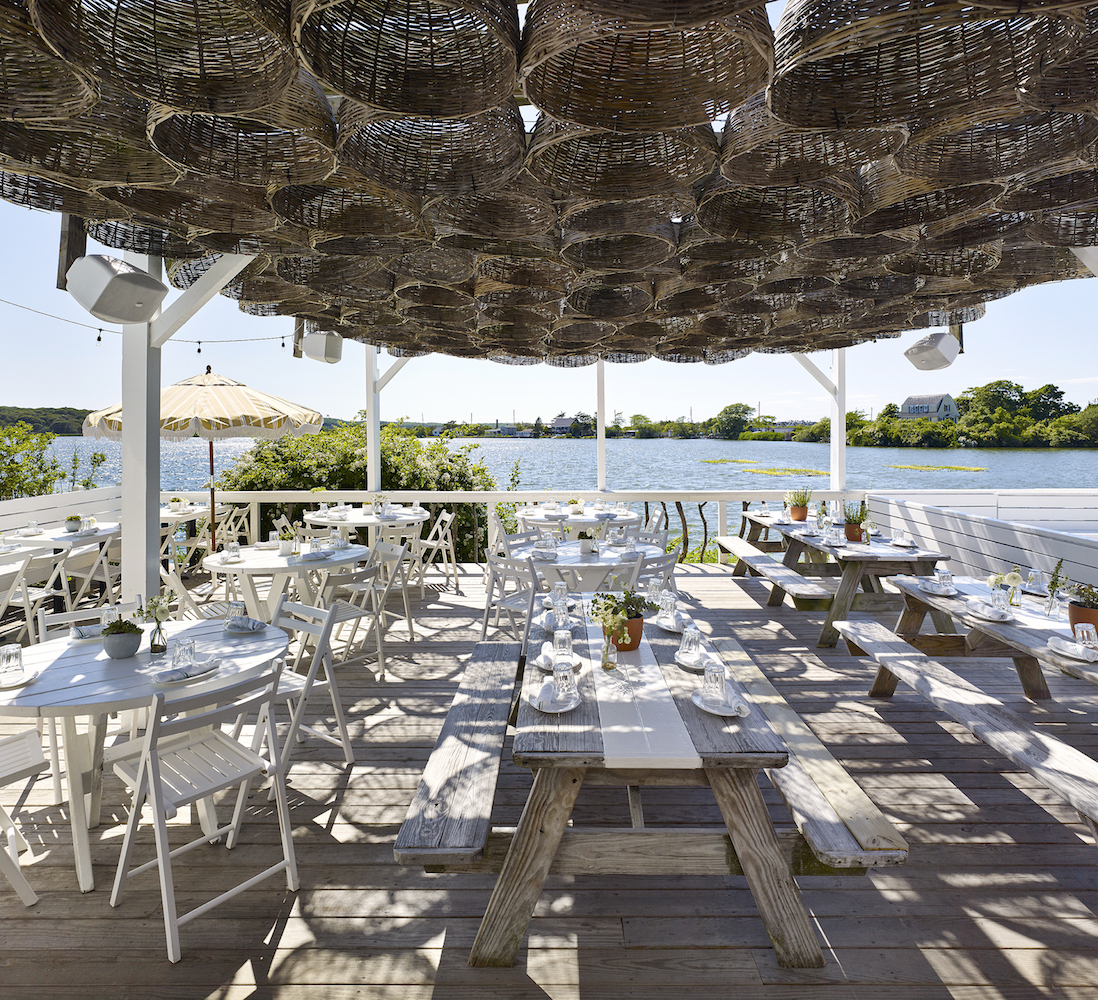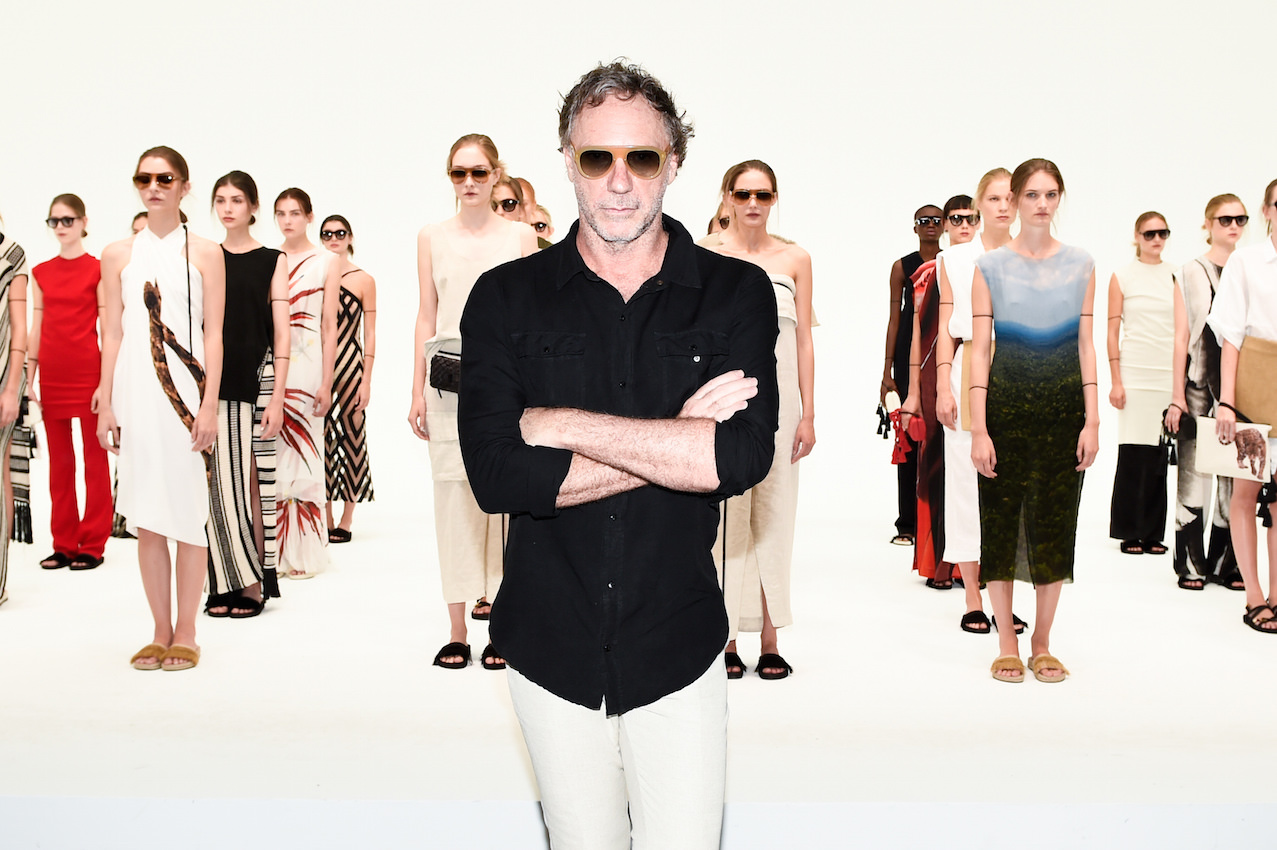The Surf Lodge is currently hosting the exhibition, “A21 Project – Practice #1 – Amazon Forest,” an exhibition of Osklen’s Pirarucu skin collection created by the brand’s Oskar Metsavaht. An artist in his own right, Metsavaht has found an economically, environmentally, and socially sustainable way to use the unique material to a special edition of objects and accessories. Whitewall spoke with Metsavaht about this idea of a “new luxury” and the ethical responsibilities of a fashion brand.
WHITEWALL: In a previous interview with us, you said that every Osklen collection is conceived from a personal experience of yours. What experience led you to the idea of creating accessories with Pirarucu fish skin?
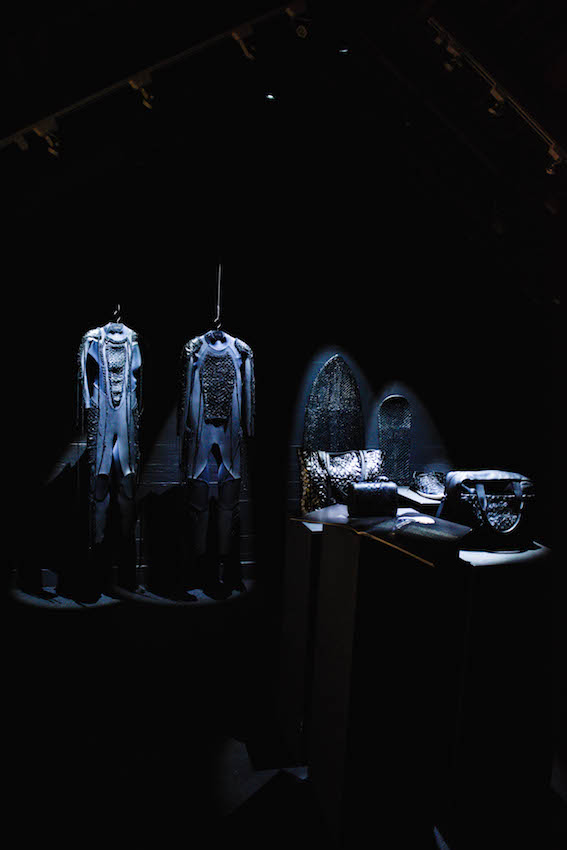
Courtesy of Osklen
OSKAR METSAVAHT: On one of my first trips to the Amazon forest, I saw this unique fish for the first time, which is mostly used for feeding people in the forest. It’s a fish native to this region of the world. Some years later, the tannery that we collaborate with at Osklen, who only uses sustainable techniques, showed me a process they developed to transform fish skin into leather. I then wondered why we couldn’t use this fish native to the Amazon where extra income would be so beneficial to the area. There are several farms to grow the Pirarucu fish in the region and it’s highly controlled by the Brazilian Institute of the Environment and Renewable Natural Resources.
WW: What sorts of objects, accessories, and garments did you find lent themselves well to this material? We noticed in the exhibition imagery at the Surf Lodge a surfboard, skateboard, snowboard, wetsuits, sneakers, totes, and bags.
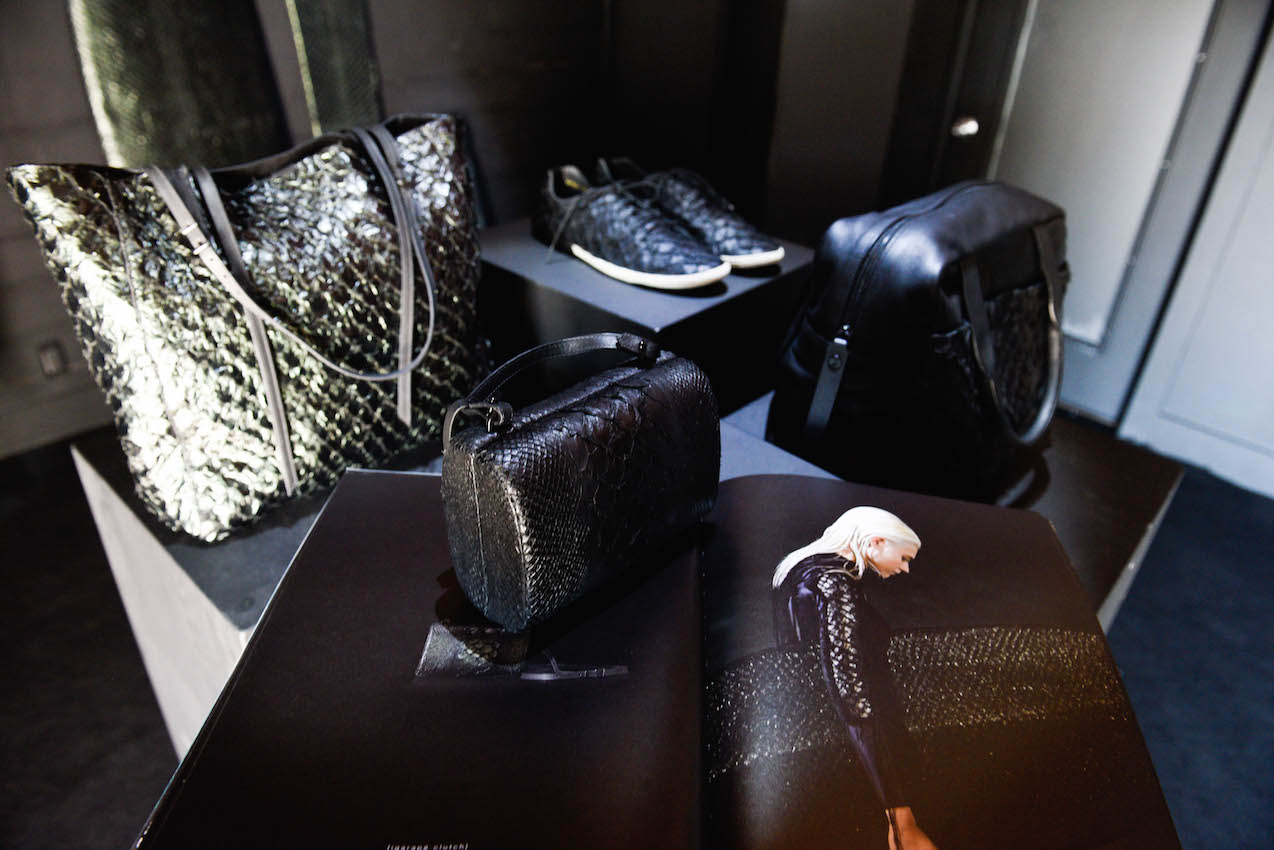
Courtesy of Osklen
OM: Starting with the sustainable practices of getting the fish from the Amazon, to the specific and delicate tanning process and its handmade manufacturing, it’s a very expensive process. Because of the early stages of this technique, the investment and research is extremely high and the commercial scale is still relatively low. Our accessories are very exclusive and unique, that’s why I call them a “new luxury.” They are economically, socially, and environmentally friendly.
WW: Why was it important for Osklen to take waste from a commonly consumed fish and elevated its status, while sourcing material from a sustainable fish farm in the Amazon?
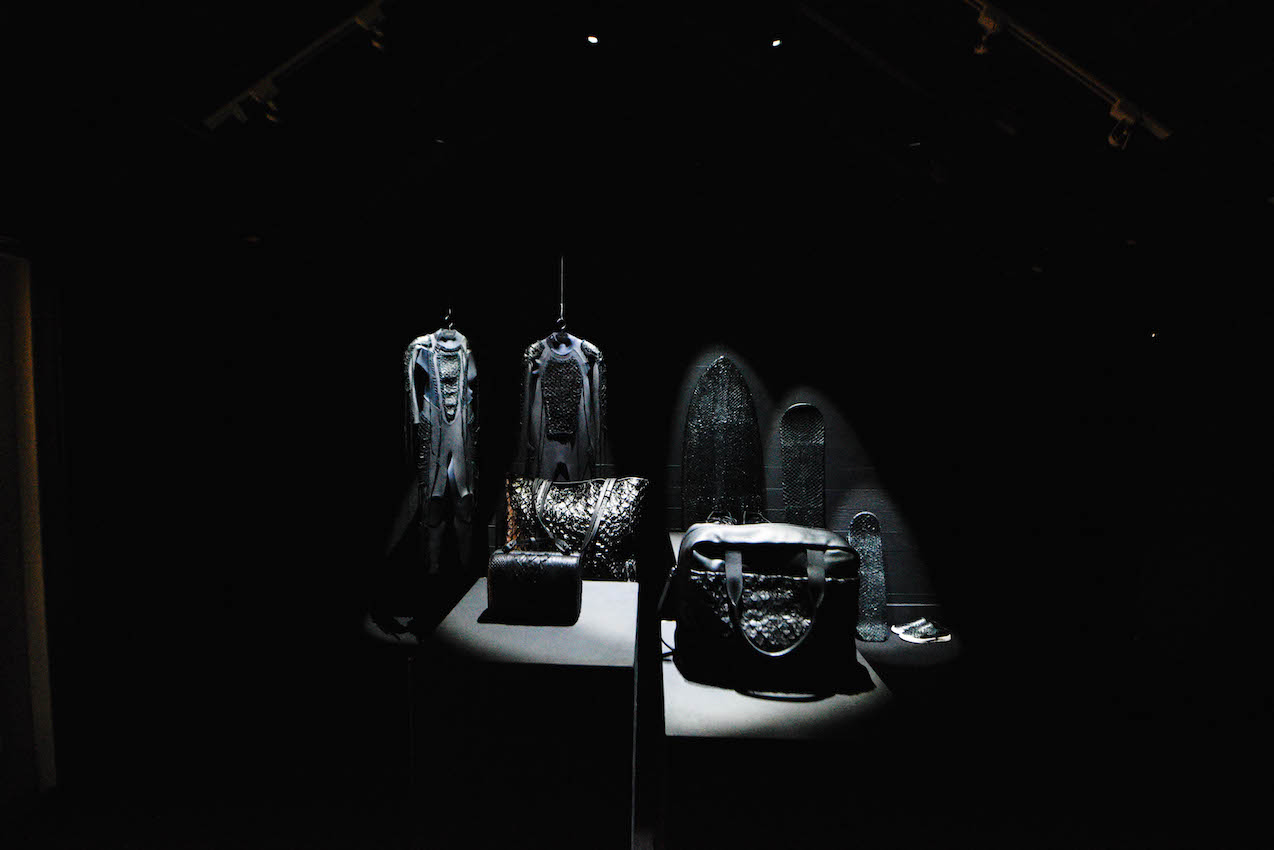
Courtesy of Osklen
OM: As a designer, I always integrate my emotions, personal experiences, beliefs, and esthetics to the Oskeln product. Osklen is one of my platforms where I can express all these ambitions and bring them to life. Of course it’s challenging to bring all of my ambitions to life, but the greatest part of the process is the adventure of trying to get there. That’s why I believe we are always innovating for design and materials. For me, ethics and sustainability are the pillars for a better future for our planet. Along with ethics and sustainability, beauty and comfort play a big role in Osklen, as well. Of course not everything can come from a sustainable source, the fashion industry isn’t quite there yet. We are at the end of 100 years of industrialization where we didn’t think about preservation or sustainable development; it’s all very new. What I really think is great about what we do at Osklen and Instituto-E (the social and environmental foundation I founded 16 years ago) is that me and my team have dedicated our time and creativity to developing these sustainable projects from the ground up, starting in the forests, in the favelas, in the academic and research institutions and then to my studio, the catwalks, and later in stores.
I understand that Osklen is not a 100% sustainable brand, but we work on achieving a balance between the industry as it is now and a new, sustainable industry we are looking to achieve one day. Osklen is a fashion brand that reflects what we are, what society is, and right now, we are in the first decades of a new millennium changing our way of living. So I’m very enthusiastic about this Change and it’s very much so reflected in Osklen’s projects and practices. We don’t feel the need to prove we have sustainable practices on climate change only, we think about the social issues and in the future of our practices. Sustainability is not only the carbon issues or recycling, it’s about the perspective of consuming less and better, from the quality and originality of the design and its sources, how they bring a better life to others and to future generations. So in that sense Osklen is an “as sustainable as possible” brand.
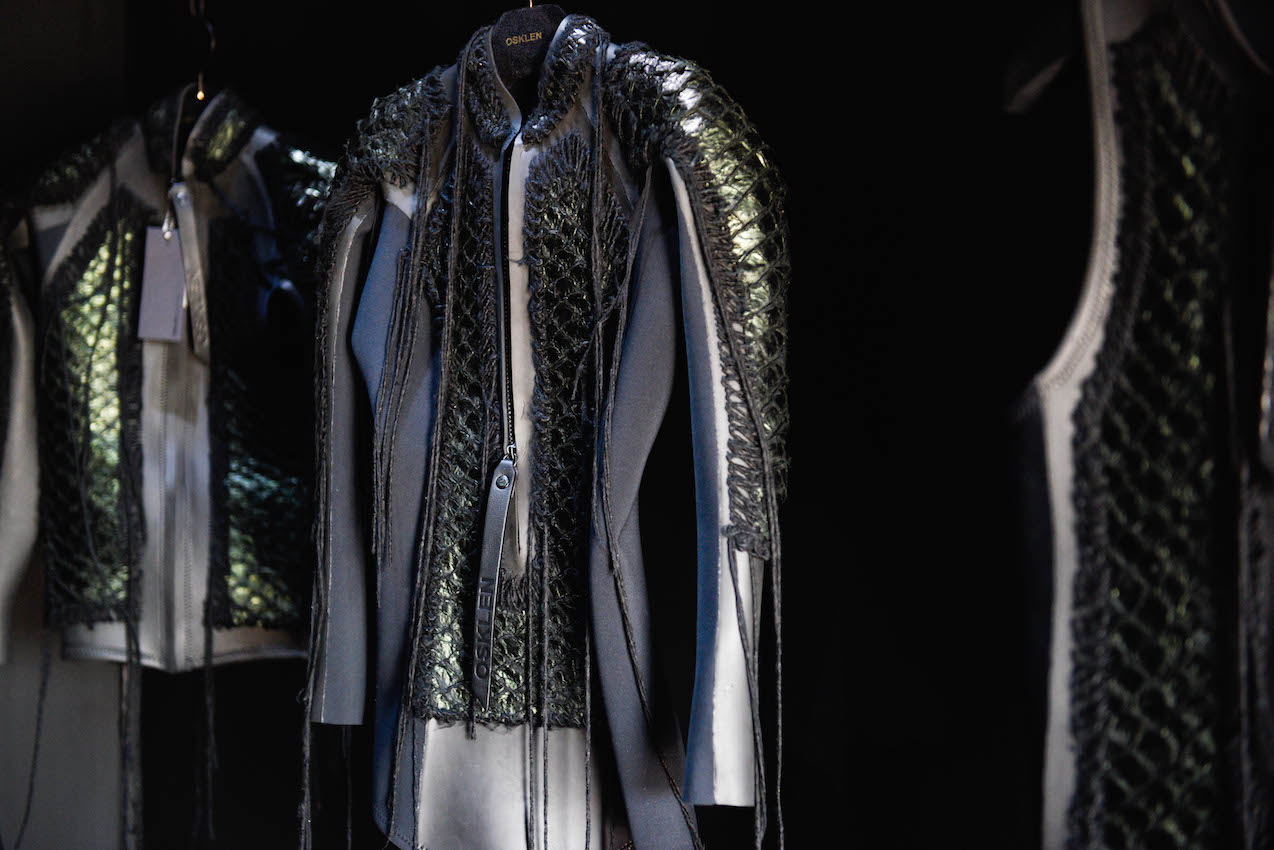
Courtesy of Osklen
WW: Aside from the draw of the environmental and social benefits of using this material, what are the stylistic appeals? What do you like about designing and creating with this material?
OM: It’s not as easy to achieve perfection with a skin that has not previously been used for fashion versus a skin that has been used for centuries. We have improved a lot; I’s a very “arts and crafts” process. What I like most is the texture of the scales and the soft touch. Also, the dyeing process we use is very unique, in a very sustainable way that helped achieve some nuances in different colors that are very inspiring.
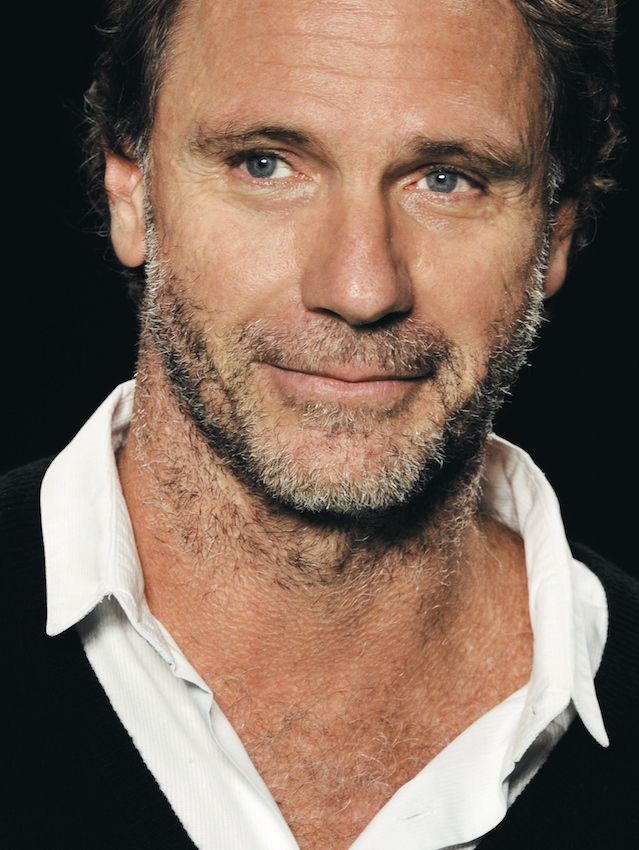
Courtesy of Osklen
WW: As an artist, what about this collection, and collaboration with The Surf Lodge interested to you?
OM: I’m an artist who uses different platforms like photography, fashion design, film, sculpture, and painting. Surf Lodge is an axis for creative people during the summer, where simplicity is sophistication. This installation I proposed, the “A21 Project – Practice #1 – Amazon Forest,” is a way to share with others my vision and practices on sustainability. I thought the audience at Surf Lodge would be the perfect audience to share this cool and unique approach to fashion.
WW: The “A21 Project – Practice #1 – Amazon Forest” exhibition currently at the Surf Lodge is touted as offering a glimpse into your personal elements of style. Can you describe for us those elements?
OM: The three boards are icons that surround my lifestyle: the Ocean, the mountains, and the city. The wetsuits represent the anatomy of a body where my scientific knowledge as a physician is present as an element of style. The color black is my statement to contradict the colors typically associated with Osklen because of its Brazilian origins. The fish skin represents my approach to sustainability and the Amazonian rainforest.
WW: Are there other materials like Pirarucu fish skin that you find inspiring or hope to work with in the future?
OM: We are already working with sustainable options for silk, both for accessories and clothing.
“A21 Project – Practice #1 – Amazon Forest” is on view at the Surf Lodge through September 6.





